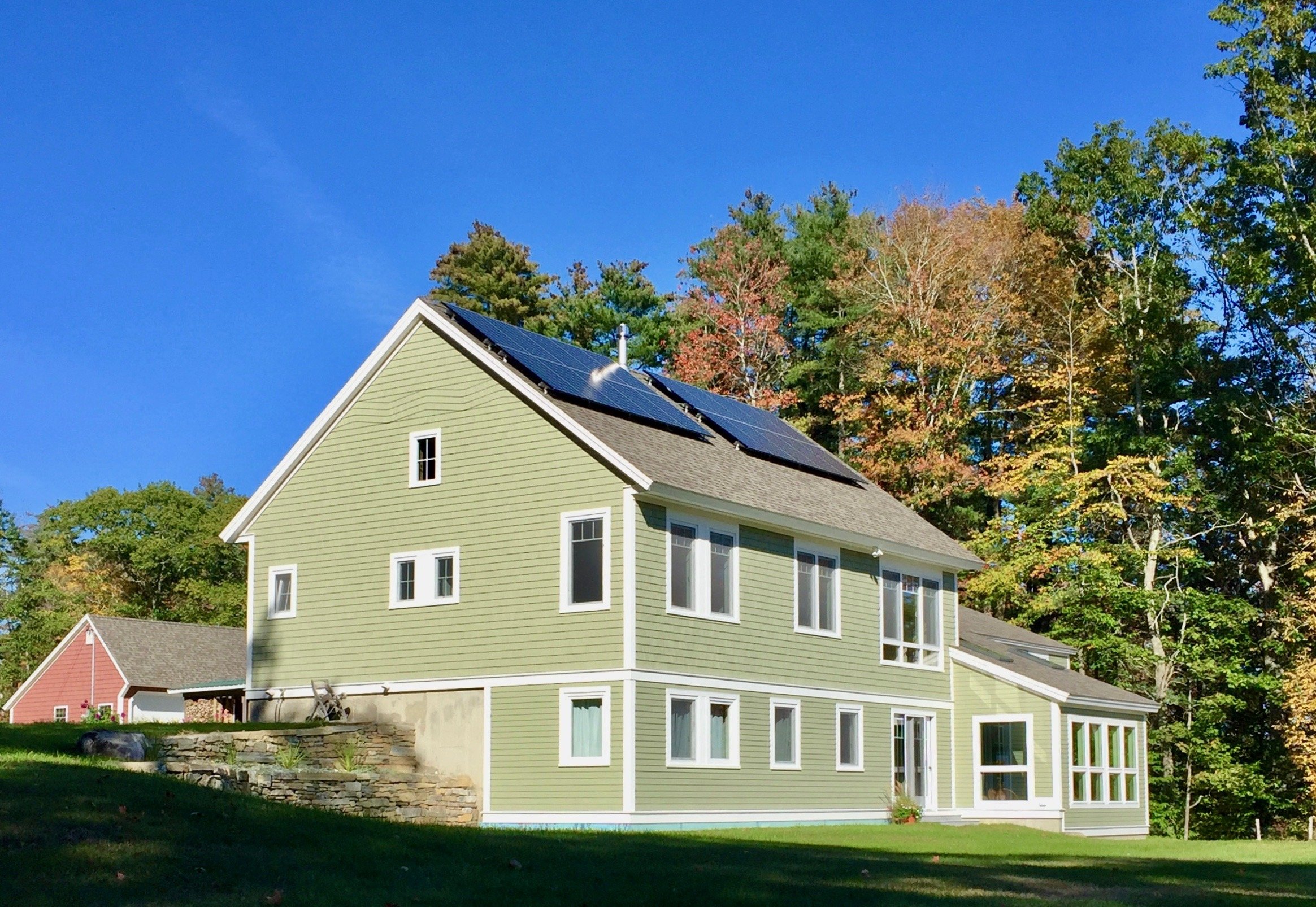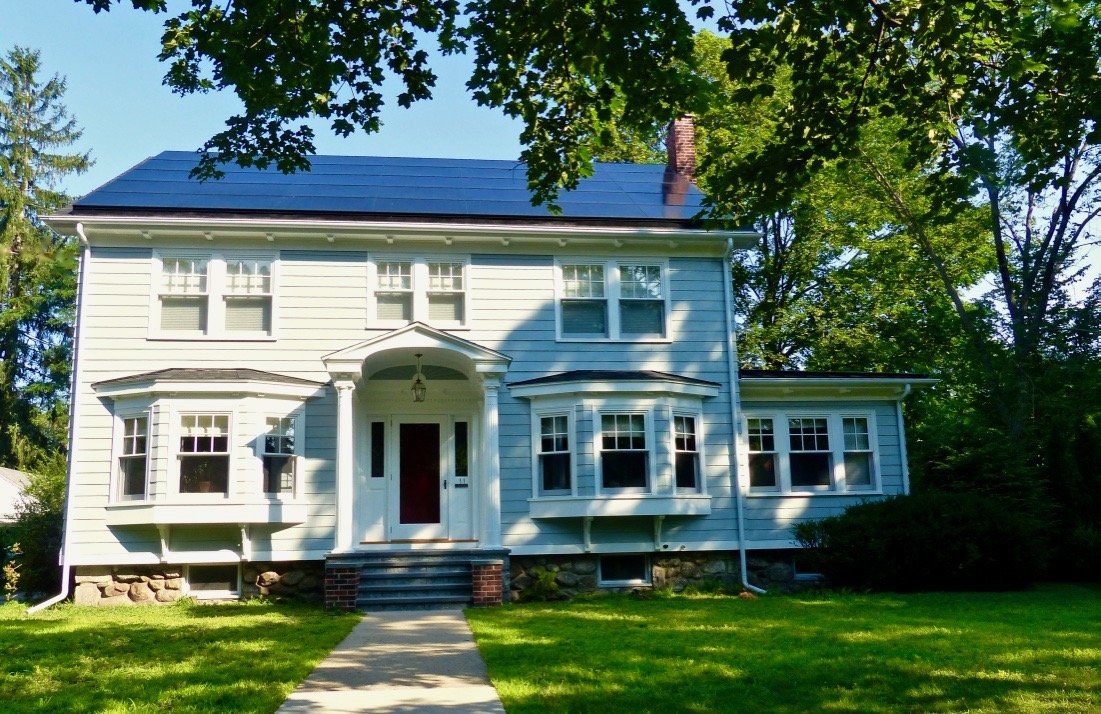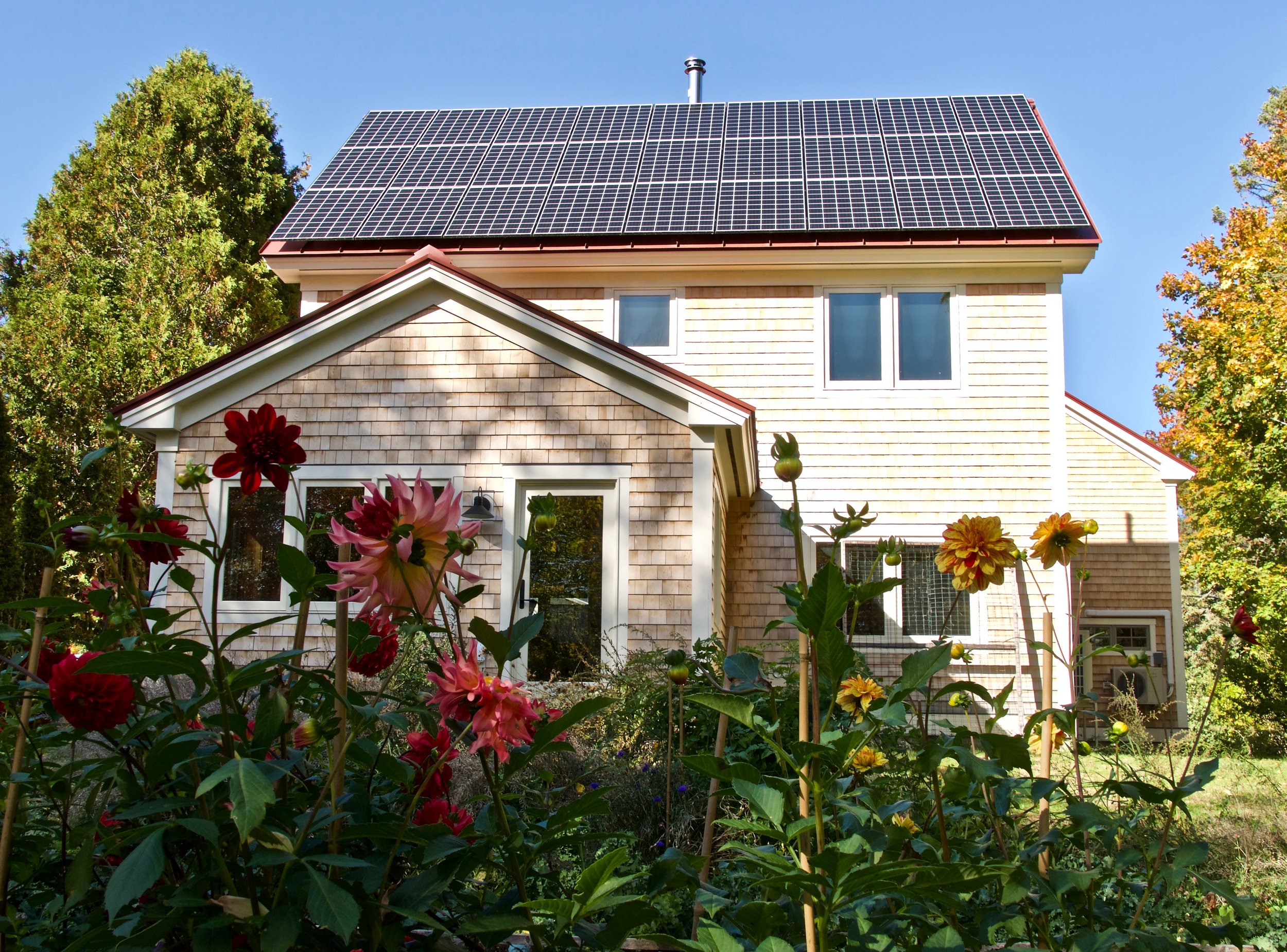Thrive
Do you want to thrive and help the planet thrive? People can’t thrive at the Earth’s expense. We need a healthy planet. There’s good news: we can tackle environmental challenges and improve our quality of life. Buildings can be comfortable, beautiful, cost-effective — and help the planet thrive. The key is to focus on genuine quality.
Comfort, beauty, and sustainability go together. “Green” buildings are high-performance, and thoughtful. No wasted space saves money and natural resources. An efficient enclosure gives comfort, health, affordability, durability — and addresses climate change. Careful siting means no flooded basements or eroded slopes — and natural habitat preserved. You and the environment thrive.
People and Planet. Environmental challenges can feel huge and daunting. It’s hard to believe solutions are right under our noses — but they are. They’re found in genuine quality, mindful living, and attention to surroundings. Thriving environment and thriving humanity.

New "zero net energy" home on existing foundation

Historic home renovated to zero net energy

Compact, in-town, solar
Approaches to sustainable building
What does it mean to build “green”? What’s a sensible path to high performance? In buildings, the key to comfort, health, efficiency, and durability is to manage flows of heat, air, and moisture. Get heat, air, and moisture flows right and you can achieve high-performance. Get them wrong and they’ll come back to haunt you. Getting them right requires a grounding in building science. There are a number of excellent paths to high performance. Please let us share a few.
The “Pretty Good House” approach is actually a path to a very good house — far better than bare-bones code minimums. It’s a set of recommendations for homes and small-to-medium-size buildings in cold climates like New England. It developed through informal “Building Science” discussions in Portland, Maine. It asks, “What should we consider, what targets should we set, to ensure comfort, efficiency, health, durability, and cost-effectiveness? How do we make sure a building won’t be obsolete in ten to fifteen years?” This is our baseline standard — the right thing to do no matter what. The “Pretty Good House” website has links to other great resources.
A “Zero Net Energy” building is energy-efficient enough that all its operational energy needs can be supplied by renewable energy, often onsite solar-electric panels connected to the grid. That makes the building “carbon neutral,” helping solve the challenge of climate change. Recent drops in solar-electricity prices often make “Zero Net Energy” a realistic goal, technically and financially. For efficient buildings with good solar exposure — or ones sharing in a “community solar installation” — Zero Net Energy is achievable. We’ve done a handful of them, and we’re confident we’ll do more. As with Passive House, thinking about what would it take is an excellent way to find opportunities for high-performance.
“Passive House” is a set of rigorous, quantifiable standards for exceptional energy efficiency. Achieving it relies on sophisticated energy-modeling software plus careful field testing and verification. Passive House certification is neither easy nor cheap — it requires real effort and commitment. Some folks are willing to make that commitment, whatever it takes. We haven’t done a certified Passive House — yet. Still, thinking about what would it take to get Passive House certification is a great way to find opportunities for excellent performance.
“It’s time to celebrate! After a year in the house since renovation we know we’re Net Positive Energy. WooHoo! And our water usage is only 42% as much as before. We are so pleased to be in the house and have it perform so well. Thanks!”
“We want to tell you that it is an extremely livable and comfortable home, and it heats (and cools) very efficiently… The solar array is also incredible… It is a good feeling that we probably will never pay another utility bill as long as we live here."
“You protected the apple tree and grove of shad, pagoda dogwood, elderberry and ash behind it — a bird grove that would take me decades to grow from scratch. The apple is thriving… It was sitting there that we realized where the house should be and I’ll always see the tree as part of the spirit of the site.”